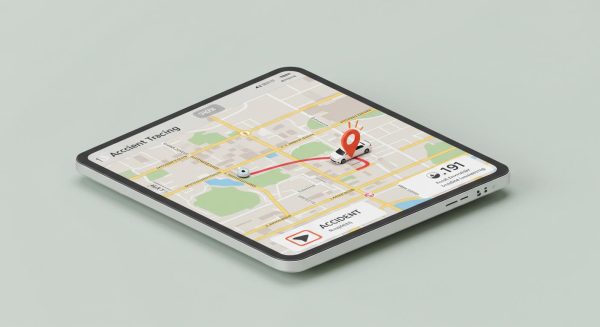The vehicle recovery industry has undergone significant transformation in recent years, with connected technologies revolutionising how breakdown and recovery services operate across Britain’s roads. These systems combine telematics, GPS tracking, and real-time communication to create an integrated approach to vehicle recovery operations.
Real-Time Location and Status Monitoring
Modern recovery vehicles are equipped with sophisticated tracking systems that provide dispatchers with precise location data and vehicle status information. This allows recovery operators to deploy the nearest and most appropriate recovery vehicle for each situation. According to the Department for Transport’s guidance on recovery operations, this targeted approach helps meet the requirement for recovery vehicles to minimise unnecessary road occupancy and reduce risks to other road users.
Smart Dispatch and Route Optimisation
Connected systems use artificial intelligence to analyse traffic conditions, weather, and vehicle locations to determine optimal routes for recovery vehicles. This technology helps operators comply with the strict time limits for attendance specified in many roadside assistance contracts while managing the complex requirements of the Special Types Enforcement Guide regarding vehicle movements and notifications.
Vehicle-to-Vehicle Communication
Recovery vehicles equipped with connected systems can communicate directly with other recovery vehicles in their fleet. This enables efficient relay operations when moving broken-down vehicles over long distances, as specified in the DVLA’s guidance that limits individual recovery vehicle journeys to clearing obstructed roads or reaching the nearest suitable location.

Driver Safety and Compliance
Connected systems help ensure compliance with drivers’ hours regulations and provide real-time monitoring of safety-critical parameters. For recovery vehicle operators, this is particularly important given the DVLA’s requirement that drivers must be adequately rested and alert when operating specialist recovery equipment.
Remote Diagnostics and Assessment
Many modern recovery vehicles can connect to broken-down vehicles’ onboard diagnostic systems remotely, allowing technicians to assess problems before arrival. This capability helps recovery operators meet their obligation under the Road Vehicles (Construction and Use) Regulations 1986 to use appropriate equipment and methods for each recovery situation.
Conclusion
Connected vehicle recovery systems represent a significant advancement in roadside assistance technology. By improving efficiency, safety, and compliance, these systems are helping to modernise an essential service on Britain’s roads while meeting increasingly stringent regulatory requirements.
Future Developments
As vehicle technology continues to evolve, connected recovery systems are expected to integrate more closely with emerging autonomous vehicle systems and smart infrastructure, further enhancing the efficiency and safety of recovery operations on UK roads.
